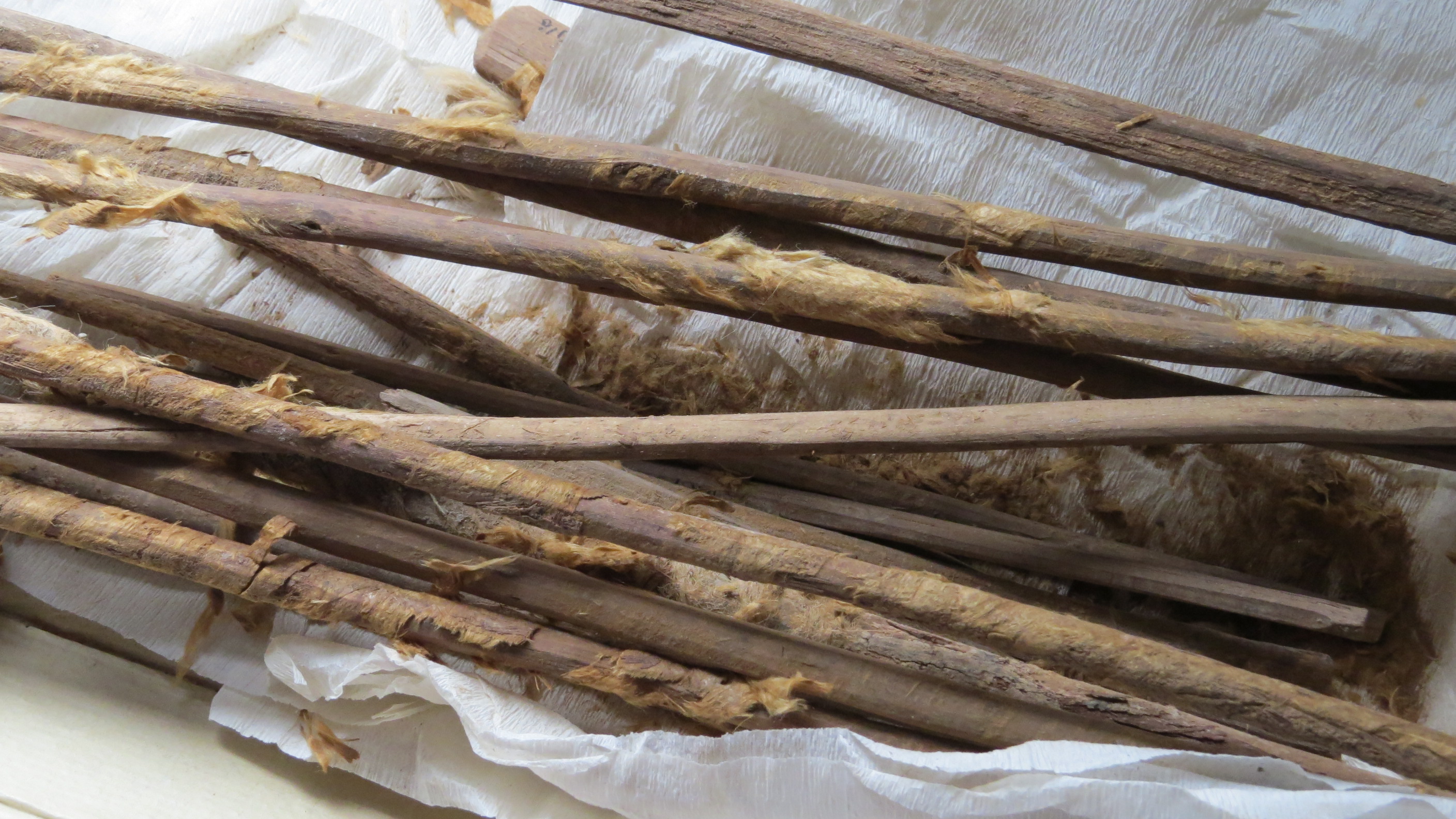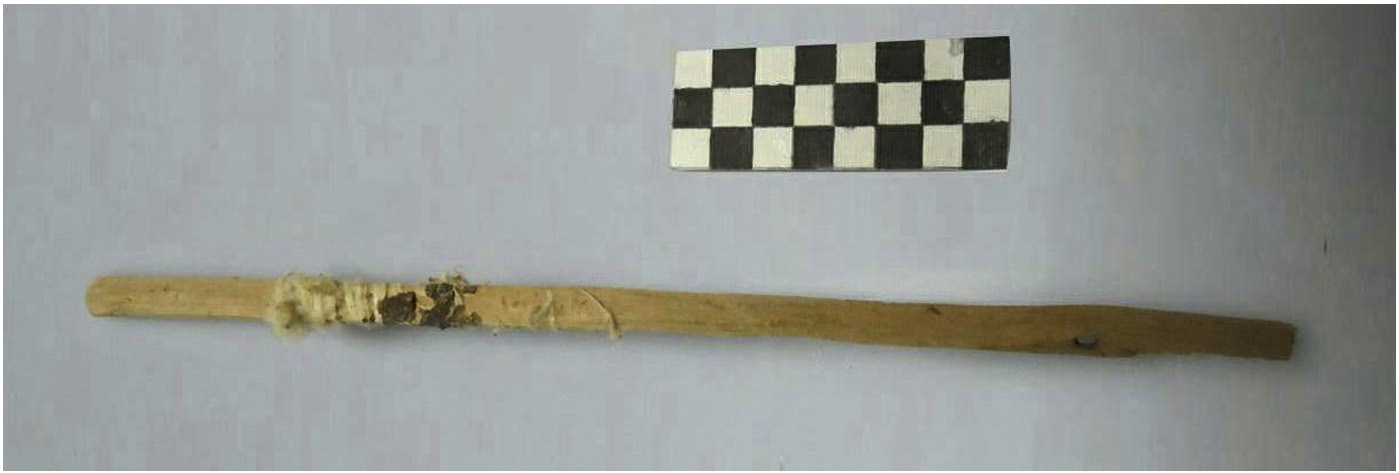Silk Road Gave Infectious Disease a Route, Ancient Poop Shows

Silk, tea and spices weren't the only things that travelers carried on China's legendary Silk Road: Ancient poop shows that infectious diseases were also transported along this network of trade routes, according to a new study.
Researchers excavated 2,000-year-old feces from a latrine along the Silk Road in northwestern China, and found that it contained eggs from the Chinese liver fluke, a parasitic worm that is typically found at least 930 miles (1,500 kilometers) away, according to the study.
The researchers suggested that the traveler infected with this parasite must have journeyed a great distance. "This is the earliest evidence for the spread of infectious diseases along the Silk Road, and the first to find evidence at an archaeological site along the Silk Road itself," Piers Mitchell, a paleopathologist at the University of Cambridge and the senior author of the study, told Live Science. [7 Devastating Infectious Diseases]

The researchers found the feces on "personal hygiene sticks" — wood or bamboo rods with cloth wrapped around one end that people used to wipe excrement off bottoms. Under a microscope, the researchers examined the feces from seven of such sticks to look for signs of ancient parasites.
They found eggs from four different species of parasitic intestinal worms in this excrement. These included eggs from the Chinese liver fluke, a parasite which can cause abdominal pain, diarrhea, jaundice and can even lead to liver cancer.
However, the Chinese liver fluke requires wet, marshy areas to complete its life cycle, and the researchers found the eggs on the eastern margins of the arid Tamrin Basin, a region that contains the fearsome Taklamakan desert. The researchers noted there was no way the Chinese liver fluke could have come from this region. Indeed, the species is most common in Guangdong Province, which is about 1,240 miles (2,000 km) from the site.
"When I first saw the Chinese liver fluke egg down the microscope, I knew that we had made a momentous discovery," study lead author Hui-Yuan Yeh at the University of Cambridge said in a statement.
Sign up for the Live Science daily newsletter now
Get the world’s most fascinating discoveries delivered straight to your inbox.

While previous research has suggested that ancient travelers on the Silk Road carried diseases such as bubonic plague, anthrax and leprosy, there was little concrete evidence to prove that this occurred. For example, both China and Europe possess similar strains of the bubonic plague, but the disease could have spread between China and Europe via India to the south, or via Mongolia and Russia to the north, the researchers said. In other words, there was no proof that it was spread along the Silk Road.
The parasitic eggs were excavated at a site named Xuanquanzhi, which was a large relay station in Gansu Province in northwestern China from 111 B.C. to A.D. 109. The researchers said this 2,000-year-old stop was apparently a popular one on the Silk Road, with travelers staying there and government officials using it to change their horses and deliver letters. [The 10 Most Diabolical and Disgusting Parasites]
Other parasites found in the excrement from this ancient latrine — specifically, roundworms, whipworms and tapeworms — suggest that visitors to the relay station had eaten food contaminated by human feces, perhaps in fertilizer, and may also have dined on undercooked pork.
The scientists detailed their findings online today (July 21) in the Journal of Archaeological Science: Reports.
Original article on Live Science.

Flu: Facts about seasonal influenza and bird flu
What is hantavirus? The rare but deadly respiratory illness spread by rodents










